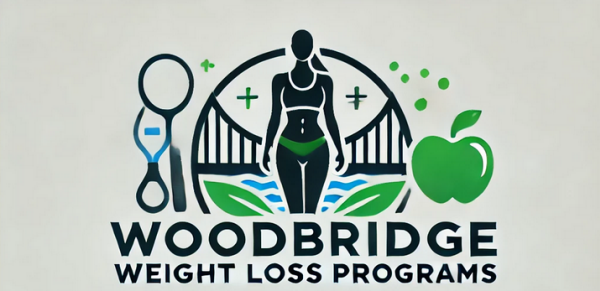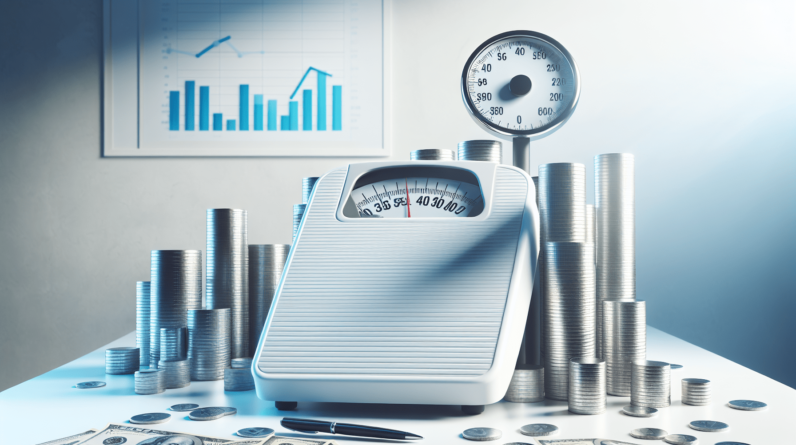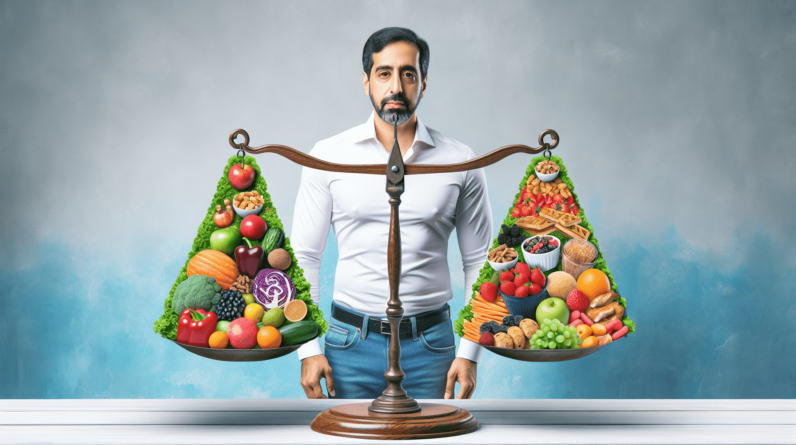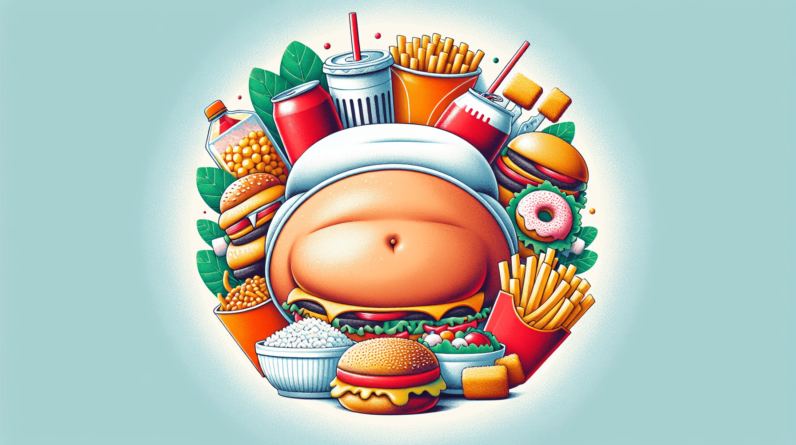
Wondering which foods you should avoid to keep that belly fat at bay? In this article, “What Are The 5 Worst Foods For Belly Fat?”, you’ll discover the top culprits that can derail your fitness goals. We’ll delve into why these particular foods wreak havoc on your waistline and offer some healthier alternatives to help you stay on track. So, let’s get started on your journey to a leaner, healthier you! Have you ever wondered why, despite your best efforts, that stubborn belly fat just won’t seem to budge? You’re not alone. Belly fat can be one of the hardest areas to target when it comes to weight loss, and it’s often linked to the foods you eat every day. In this article, we’ll dive into the five worst foods for belly fat, helping you understand why they’re problematic and how to limit them in your diet.
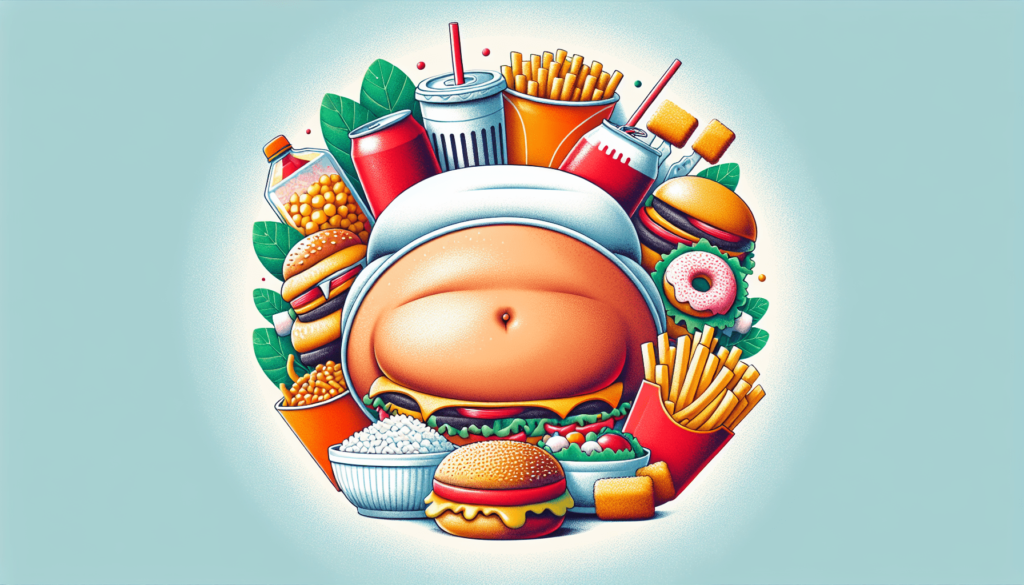
Discover The Top Food Culprits
Understanding Belly Fat
Before we pinpoint the culprits, let’s understand belly fat. Belly fat is not just the layer that you can pinch, known as subcutaneous fat, but also includes visceral fat. This is the fat stored deep inside the abdomen and around your internal organs. Visceral fat is particularly harmful as it’s linked to increased risks of heart disease, type 2 diabetes, and other chronic conditions.
Why Belly Fat Accumulates
Belly fat accumulates for a variety of reasons. Genetics, age, stress, and hormonal changes all play significant roles. However, diet is a major factor, and certain foods can exacerbate belly fat accumulation more than others.
The Five Worst Foods for Belly Fat
Here are the five foods that can significantly contribute to belly fat, along with explanations on why they should be limited in your diet.
1. Sugary Beverages
Sugary beverages, such as sodas, fruit juices, and energy drinks, are often packed with high levels of added sugars and empty calories.
Why Sugary Beverages Are Bad
Sugary drinks contain high fructose corn syrup, which has been linked to increased fat accumulation in the liver and abdominal area. Unlike solid food, calories from sugary drinks don’t make you feel full, which can lead to overeating.
How to Cut Back
Opt for healthier options like water, herbal teas, or homemade fruit-infused water. Reducing your intake of sugary beverages can have an immediate positive impact on your overall calorie consumption.
2. Refined Grains
Refined grains, found in products like white bread, white rice, and pastries, have had their fiber and nutrients stripped away.
Why Refined Grains Are Bad
The refining process removes the most nutritious parts of the grain, which means you’re consuming a product that spikes your blood sugar and insulin levels, encourages fat storage, and offers little nutritional value.
Better Alternatives
Switch to whole grains such as brown rice, oats, and whole-wheat products. These options provide more fiber, making you feel fuller longer and improving digestion.
3. Fried Foods
Fried foods, including French fries, fried chicken, and doughnuts, are often cooked in unhealthy fats, leading to high calories and trans fat content.
Why Fried Foods Are Bad
Fried foods are usually high in trans fats, which are directly linked to increased belly fat, insulin resistance, and inflammation. They are also calorie-dense, making it easy to consume a large number of calories in a small portion.
Healthier Cooking Methods
Instead of frying, try baking, grilling, or steaming your foods. Using healthier fats like olive oil in moderation can also be a better choice for your waistline.
4. Alcohol
Alcohol, especially when consumed in large quantities, can lead to “beer belly” and other weight issues.
Why Alcohol Is Bad
Alcohol is high in empty calories and can increase appetite, leading to overeating. It also hinders your body’s ability to burn fat, making it easier to gain weight, particularly around the abdomen.
Moderation Strategies
If you enjoy alcohol, try to limit your intake and choose lighter options like wine or light beer. Also, consider setting aside certain days as alcohol-free to reduce overall consumption.
5. Processed Snacks
Processed snacks, such as chips, cookies, and pre-packaged treats, are usually packed with unhealthy ingredients.
Why Processed Snacks Are Bad
These snacks are often loaded with added sugars, unhealthy fats, and high levels of sodium, all of which can contribute to belly fat. They are also low in nutrients, offering little benefit to your overall health.
Smarter Snacking
Opt for healthier snack options like nuts, seeds, fruits, and vegetables. Preparing your snacks at home can also help you control the ingredients and portions.
Learn More About Avoiding These Foods
Tips for Reducing Belly Fat
Now that you know what to avoid, let’s look at some practical tips for reducing belly fat.
Mindful Eating
Eat slowly and savor your food to help your brain recognize when you’re full. Avoid distractions like TV or smartphones during meals.
Balanced Diet
Focus on a balanced diet rich in whole foods, including lean proteins, healthy fats, and plenty of fruits and vegetables.
Regular Exercise
Incorporate both cardio and strength training into your exercise routine. Activities like running, cycling, and weightlifting are particularly effective at burning belly fat.
Adequate Sleep
Ensure you’re getting enough sleep, as lack of sleep can increase hunger hormones and stress, contributing to weight gain.
Stress Management
Practice stress-reducing techniques like yoga, meditation, or deep breathing exercises. Chronic stress can lead to overeating and weight gain, particularly in the abdominal area.
Hydration
Staying hydrated helps boost metabolism and can also reduce your appetite. Aim for at least 8 glasses of water a day.
Making Sustainable Changes
The key to reducing and managing belly fat lies in making sustainable lifestyle changes rather than opting for quick fixes.
Setting Realistic Goals
Set realistic, achievable goals so you don’t get discouraged. Remember, gradual progress is more sustainable.
Seeking Support
Joining a support group or finding a workout buddy can help keep you motivated. Sharing your goals with friends and family can also provide additional encouragement.
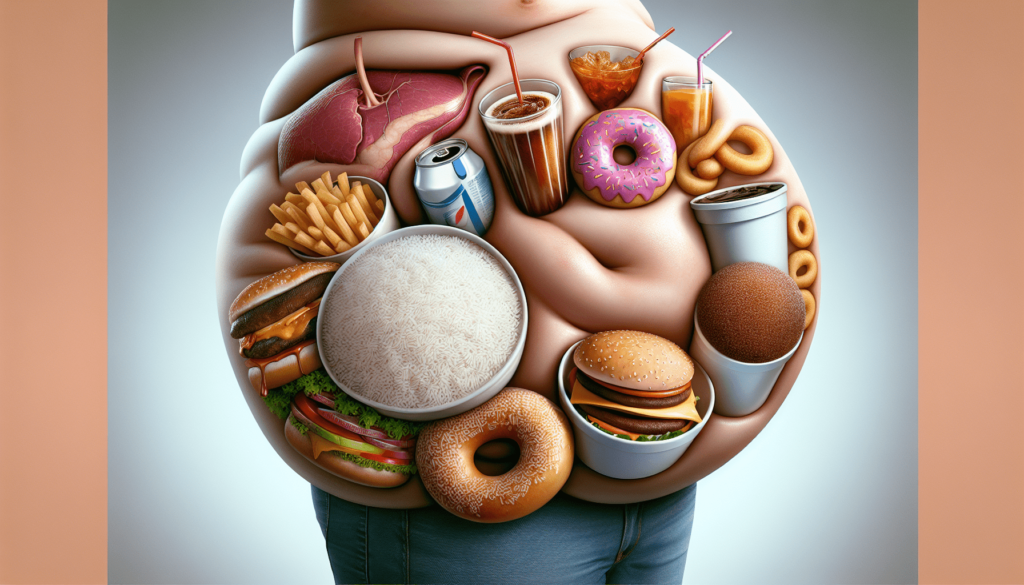
Conclusion
Managing belly fat involves understanding which foods contribute to its accumulation and making conscious choices to limit their intake. By avoiding sugary beverages, refined grains, fried foods, alcohol, and processed snacks, and focusing on a balanced, nutrient-dense diet, you can make significant strides in reducing belly fat. Combine these dietary changes with regular exercise, adequate sleep, and stress management, and you’ll be on the path to a healthier, trimmer waistline. Remember, it’s not about perfection, but rather making better choices that lead to long-term health and well-being.
So next time you’re reaching for a snack or a drink, remember the impact it could have on your belly fat and choose a healthier option. Your future self will thank you!
